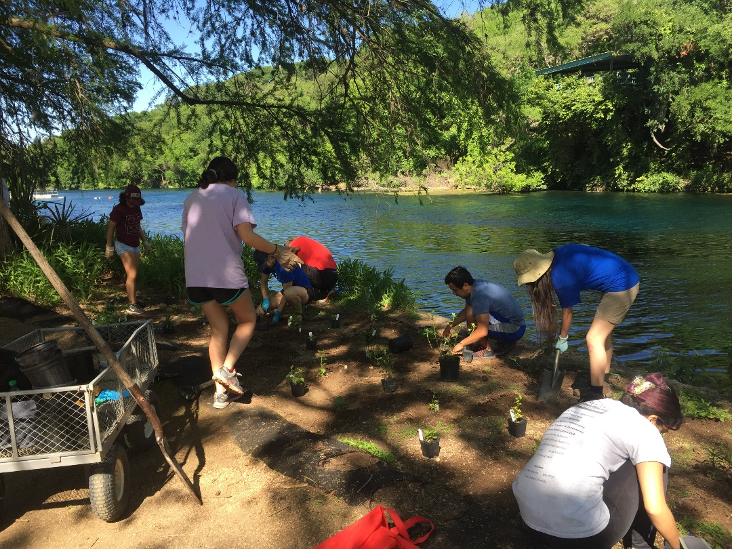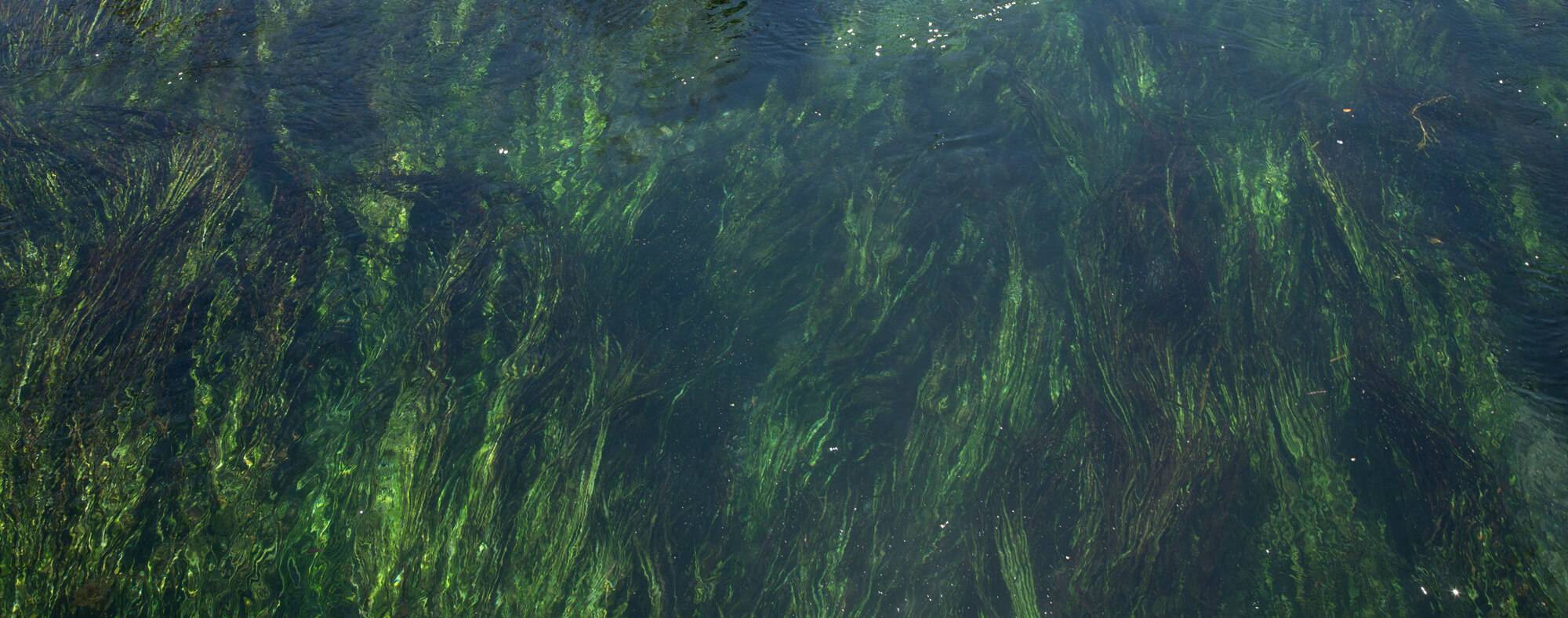Green Living
Green Living
What is Green Infrastructure?
According to the U.S. Clean Water Act, green infrastructure can be defined as “the range of measures that use plant or soil systems, permeable pavement or other permeable surfaces or substrates, stormwater harvest and reuse, or landscaping to store, infiltrate, or evapotranspirate stormwater and reduce flows to sewer systems or to surface waters.”
In urban areas, runoff is a major cause of stream pollution and water quality degradation. Currently, most urban areas in the U.S. use conventional stormwater infrastructure practices. This type of infrastructure, commonly called “gray infrastructure”, collects untreated runoff. This runoff is transported away from urban areas and discharged into bodies of water. This means that the pollutants picked up by runoff are being deposited directly into streams, rivers, and lakes.
Green infrastructure is an innovative solution to this pervasive problem - instead of moving water away, green infrastructure traps and treats stormwater at the source. Green infrastructure aims to mimic natural processes, capturing rainfall where it lands, and filtering and storing water.
More information on green infrastructure can be found on the EPA’s Green Infrastructure webpage.
Texas Stream Team and Green Infrastructure
Texas Stream Team works alongside partner organizations and members of the public to brainstorm, design, implement, and manage green infrastructure projects. Texas Stream Team aims to tackle at least one green stormwater infrastructure project a year in order to help put water quality improvements into action.
Texas Stream Team appreciates the opportunity to foster public awareness on this issue affecting water quality. All green infrastructure projects completed by Texas Stream Team include a resource guide providing information for communities and individuals, allowing them to conduct their own green infrastructure projects for water quality improvement efforts in their communities.
-
Get Involved
Members of the public can help directly implement green infrastructure projects in their community. To get a green infrastructure project started, please reference the following steps:
- Research the different types of green infrastructure projects that can be implemented in your community. You can find lists and descriptions of green infrastructure projects by referencing:
- Partner-up with local stakeholders, including individuals, organizations, or government agencies. Reference the Texas Stream Team Partner page for a list of watershed-focused organizations.
- Brainstorm and model a green infrastructure project that meets your goals. The EPA has provided guidelines on their Green Infrastructure Modelling Tools webpage.
- Remember to plan for the maintenance and operations of your project (if necessary). For assistance, reference the EPA’s online Green Infrastructure Maintenance and Operations guide.
- For assistance with funding your project, check out Texas Stream Team’s Funding Guidance Document, as well as the EPA’s Green Infrastructure Funding Opportunities webpage.
- Implement your green infrastructure project. For assistance, check out the EPA’s Green Infrastructure Design and Implementation webpage, as well as the EPA’s Overcoming Barriers to Green Infrastructure webpage.
For additional assistance, questions, or comments, please email TxStreamTeam@txstate.edu.
Texas Stream Team Green Infrastructure Projects
-
Riparian Restoration
 In April of 2019 Texas Stream Team completed the hands-on restoration of a degraded riparian area at The Meadows Center for Water and the Environment at Spring Lake, in San Marcos, Texas. Texas Stream Team staff members worked to prep the area by removing invasive weeds, grasses, and miscellaneous debris. Native riparian plants were then selected and planted. In order to allow the plants to establish, Texas Stream Team set up a fence to temporarily restrict access to the area. To slow, filter, and redirect stormwater runoff, Texas Stream Team staff also constructed a berm on the east side of the trail, leading to the boat dock. This served to slow the rate of erosion and maintain the shape and structure of the surrounding bank.
In April of 2019 Texas Stream Team completed the hands-on restoration of a degraded riparian area at The Meadows Center for Water and the Environment at Spring Lake, in San Marcos, Texas. Texas Stream Team staff members worked to prep the area by removing invasive weeds, grasses, and miscellaneous debris. Native riparian plants were then selected and planted. In order to allow the plants to establish, Texas Stream Team set up a fence to temporarily restrict access to the area. To slow, filter, and redirect stormwater runoff, Texas Stream Team staff also constructed a berm on the east side of the trail, leading to the boat dock. This served to slow the rate of erosion and maintain the shape and structure of the surrounding bank.Following the hands-on riparian restoration, Texas Stream Team created a Riparian Restoration Guidance Document to provide instructions and resources to individuals and communities looking to implement riparian restorations into their community
